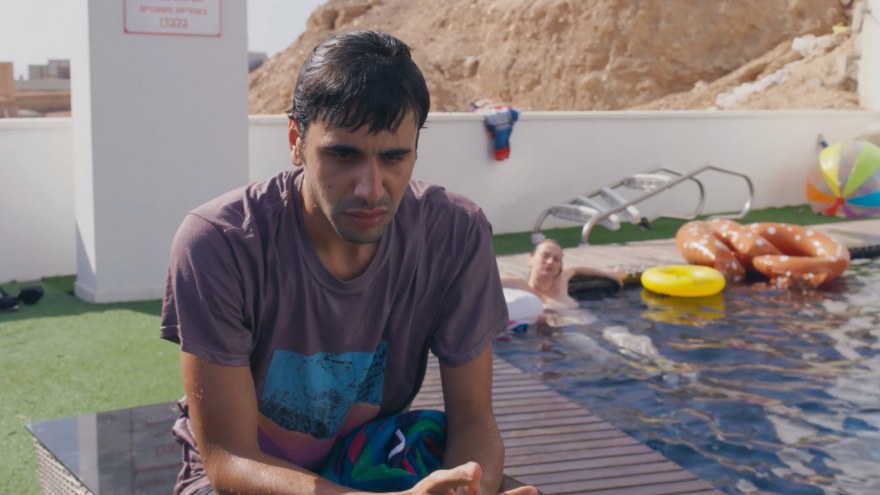Lunch with Une fille moderne
Interview with Noé Debré, director of Une fille moderne [A Progressive Girl]
What was your inspiration for Une fille moderne?
The film’s inspiration was a story by Raphaël Hayoun, a friend, who like the main character, is studying in a Yeshiva school in Israel. Raphaël recounts his experience of arranged dates, shiddouh, which are supposed to allow young people from the Jewish religious community to meet each other and found a family. It’s a very funny story and pretty bitter. The idea for this film, which I’d had in the back of my mind for a long time, came to me at a bachelor’s party.
>Why were you interested in a character who made the decision to conform his relationship with others according to religious precepts. Can you give us more details about the school he is studying in? Is there a difference between a Talmudic school and a rabbinical school?
Nathan belongs to group where a woman’s body is completely off-limits outside of the intimacy of marriage. He is forbidden to look at this body – and to touch it, even more so. It is a fundamental taboo. Contrary to most men we see on TV and in the movies, Nathan struggles to steer clear of any sexual pleasure. This willingness to surrender his behavior to a dogma seems to me to be a significant aspiration in this age and it is something rarely portrayed in cinema, or, if it is, it’s through a distant fundamentalism.
What interested you in exploring the relationship between men and women? Is it a theme you would like to work on again in future projects?
Jenny first appears looking like a Barbie doll. Through her makeup, her clothes and her figure, she represents the architype of the female pornographic fantasy. The fact that she cannot communicate with boys because they have no common language reduces her even further to playing a purely erotic role, which is exactly the way an advertisement for lingerie or a portrait on Instagram works. As the story unfolds and takes an unexpected direction, Jenny sheds, little by little, her glossy magazine image. She takes charge and goes from being an object, a thing, to being the subject, a person. She ends up looking the way she is in reality, stripped of her accoutrements and appears in the most straightforward emotional state. She literally lays herself bare.
Why did you become interested in the relationship with death?
What interested me was to see how sickness and the diagnosis could violently change the relationship between characters. How teenagers must suddenly become adults and how a woman-object becomes a person-subject. The presence of death and the irruption of tragedy are interventions that force Nathan, in order to show compassion, to question his dogmas.
Would you say that the short film format has given you any particular freedom?
Mainly in terms of casting. The short film is shielded from market constraints which has the benefit of keeping you free of questions around celebrity, etc. I was able to choose my actors based purely on esthetic factors. That’s a luxury.
What are your works of reference?
I studied Kore-Eda’s cut; the way the director is able to remain invisible without ever compromising his film. He disappears so we can see the actors, yet all the while makes full use of the cinematographic lexicon. Regarding the tone, I thought a lot about Toni Erdman by Maren Ade and the way in which comedy and drama complement each other rather than cancel each other out.
Une fille moderne [A Progressive Girl] is being shown in the National Competition F6.








